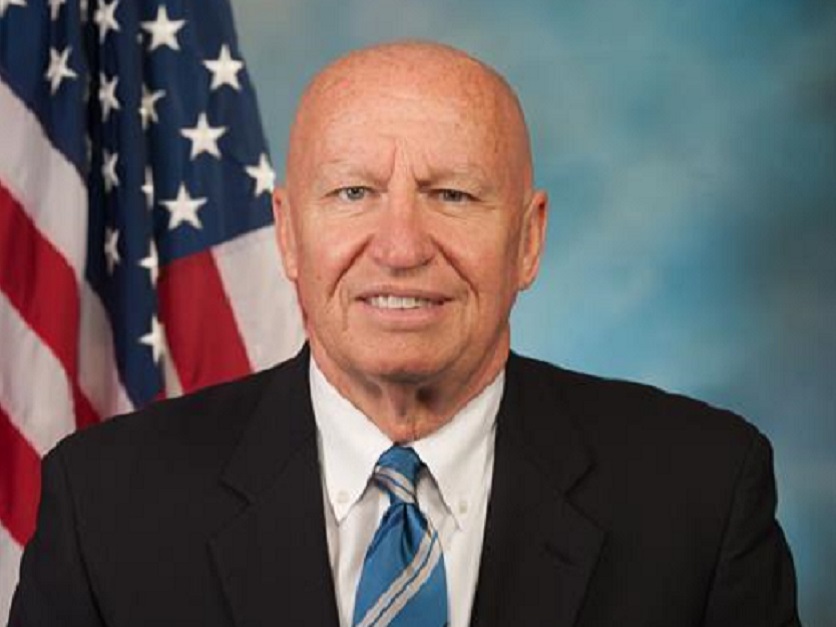WASHINGTON, June 22, 2017 – A void was created when the U.S. pulled out of the Trans-Pacific Partnership (TPP). Now, U.S. lawmakers are pushing the Trump administration for clues as to how the U.S. will increase trade in the Pacific Rim without the massive trade pact.
U.S. Trade Representative Robert Lighthizer on Thursday assured members of the House Ways and Means Committee that the U.S. was not abandoning the Asia-Pacific countries, but he did not provide specifics on any potential bilateral deals with countries in the region.
It was the second day in a row on Capitol Hill for Lighthizer, who testified before the Senate Finance Committee on Wednesday. In all, he was grilled on President Trump's trade agenda for more than two hours.
The Trump administration, Lighthizer said, is developing a long list of Asian countries that would be good candidates for bilateral free trade agreements. He didn't name any of the countries on the list, but did note that Japan is not yet interested in such an FTA and that China was not even a remote possibility.
House Ways and Means Chairman Kevin Brady, R-Texas (pictured above), said he has faith in the Trump administration to build trade ties with Pacific Rim countries, but also stressed that time was of the essence.
“Today, American leadership on trade is more important than ever – especially in the Asia-Pacific region, where China’s influence is growing every day,” Brady said at the outset of today's hearing. “It is urgent that we take charge on trade in the Asia-Pacific so that we do not lose ground to China.”
After Trump pulled the U.S. out of the TPP, China picked up the pace in negotiating its own multilateral trade deal, the Regional Comprehensive Economic Partnership (RCEP).
Lighthizer told the committee that he has made progress in reaching out to Asian countries – especially those that took part in the TPP negotiations. Several lawmakers expressed skepticism that the USTR could handle negotiating several new free trade agreements, a revised NAFTA, and perhaps the Transatlantic Trade and Investment Partnership (T-TIP) with the European Union.
“The question is: Will the Trump administration work to expand America’s economic freedom to trade or ultimately restrict it?” Brady asked. “I think the view of many of us is that if America doesn’t lead in fair and free trade, we’ll grow weaker and our competitors will grow stronger.”
Lighthizer responded that his core goal was to expand trade, even without TPP.
“It’s imperative that we continue to communicate with our trade partners and the rest of the world,” he said. “We’re not abandoning the (Asia-Pacific) region even though we’re no longer part of TPP.”


